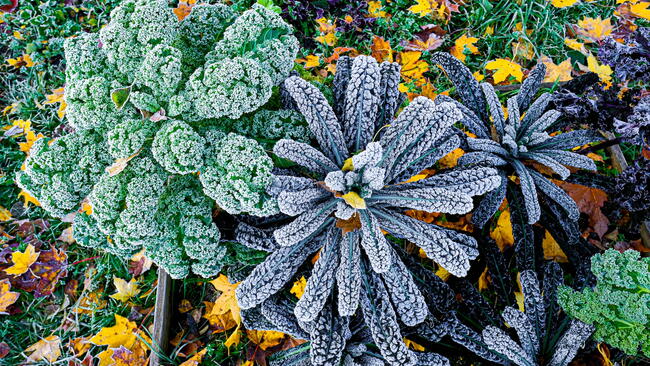
Photo Credit
Darasp Kran/Shutterstock
Botanical Name
Beta vulgaris
Plant Type
Soil pH
Cummins
Subhead
Learn how to plant, grow, and harvest beets
Read Next
Types
Beets come in quite a few shapes and a rainbow of colors. Deep red is typical, but yellow and white varieties are also available, as are red-white ringed ones (pictured below)!
- ‘Chioggia’: red skin; when sliced open, reveals red and white concentric rings.
- ‘Detroit Dark Red’: Sturdy, traditional variety with a round, red root.
- ‘Formanova’: Long, cylindrical beets that grow in the same fashion as carrots. Excellent for canning.
- Yellow varieties include ‘Bolder’ or ‘Touchstone Gold’.
- White varieties include ‘Avalanche’ or Dutch heirloom ‘Albino’.

Gardening Products
Cooking Notes
Beets are a nutrient-dense food considered especially beneficial for health. Learn more in “Beets: Health Benefits!”
More Like This
Why are my beets not forming a round balled root?
Hi, Larry. Unfortunately, there is no simple answer. Your beets are putting more energy into leaf production than root production. This could be due to many factors such as too much nitrogen in the soil or overall poor soil quality, not getting enough sunlight, inconsistent watering, the plants may be too crowded, or, if you planted by seed, they may have been planted too deep.
1 tablespoon 3% hydrogen peroxide and 1 cup of water for 24 hours. Place a paper towel in a container fold it over pour mixture over paper towel until damp unfold the towel and spread seeds. fold towel again and add enough solution to keep damp over night.
So where can you grow them anywhere?
Choose a planting site that gets full sun. Beets should ideally receive at least 6 hours of direct sunlight per day.
Beets grow best in well-prepared, fertile soil, but will tolerate average to low soil fertility.
In the summer I am suddenly bombarded with Japanese Beetles on my beautiful grape vines what will get rid of them and not harm my pets?
Japanese beetles are mature grubs that are in your soil. Use milky spore on your grass and soil (it’s organic). Spring is a great time to apply. It will kill the grubs and eliminate the Japanese beetles. There are some milky spore brands that only require one application
Japanese beetles fly long distances from where they hatched in grassy areas. All they care about is mating & eating. Treating your yard for them will not stop the ones flying in from golf courses & other folks' yards. They love Linden trees, birch & crab apple trees, grapes, rose blossoms & respberries, among others. Brush them off into a cottage cheese container that has water, a couple drops of dish soap & a quick spray of flying insect spray. Some fly back out, but once they've been in the insect spray & soap they will die quickly. Dispose of them in your garden, compost bin or flower beds. I sometimes spray large clusters of them with flying insect killer. Don't ever use the beetle traps. They draw in thousands of beetles from far away. I did that once & gathered 5 gallons of them daily from the 3 traps I set out. A full time job!
Japanese beetles fly long distances from where they hatched in grassy areas. All they care about is mating & eating. Treating your yard for them will not stop the ones flying in from golf courses & other folks' yards. They love Linden trees, birch & crab apple trees, grapes, rose blossoms & respberries, among others. Brush them off into a cottage cheese container that has waster, a couple drops of dish soap & a quick spray of flying insect spray
Wee had a pet duck. He loved them. We hold him and aim him at the beetles and they were gone. He would eat 150 or more a day. In a few days they were hard to find.
- « Previous
- 1
- 2
- …
- 10
- Next »











Comments